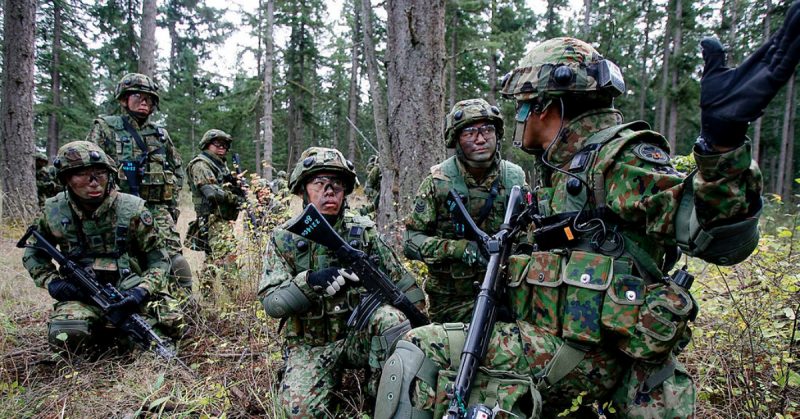In this comparative review we pitch one against the other, some of the finest of each nation’s military groups to go head-to-head. However, this is not desgined to determine the ultimate question of who is the best, the most bad-ass, the most ferocious? The questions is what are their differences and similarities and how effective are they? Who would you want to come get you if you found yourself needing their assistance?
There are obvious similarities as well as differences between both teams and this is an attempt to compare both teams on an even playing field based on a set of accessible facts. You are free to make your own conclusions.
Introduction
The United States Army Special Forces (USASF) became active in June 1952, its primary roles include unconventional warfare, foreign internal defense, special reconnaissance, direct action and counter terrorism.
Additional roles may include humanitarian missions, counter narcotics, hostage rescue, counter insurgency, counter proliferation and information operations.
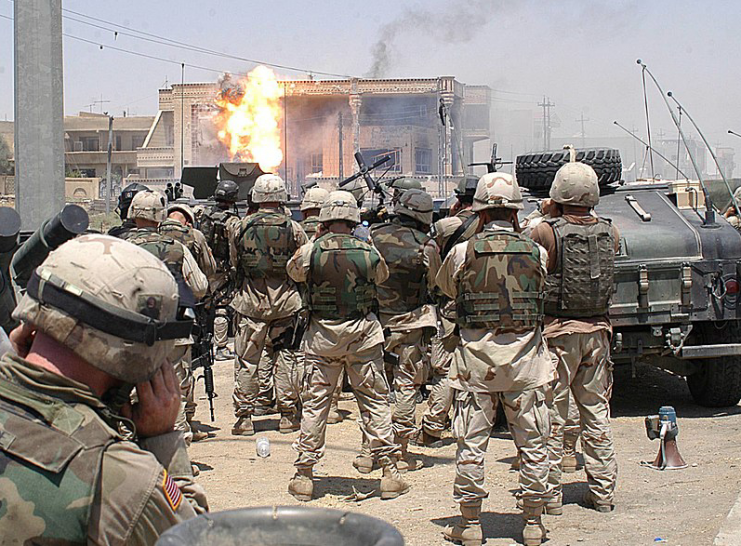
They have been involved in twenty-one different engagements and have been nicknamed The Green Berets, Snake eaters or bearded bastards. I prefer option C. Their headquarters is located in Fort Bragg, North Carolina. Unit soldiers are primarily identified with their Rifle-Green berets.
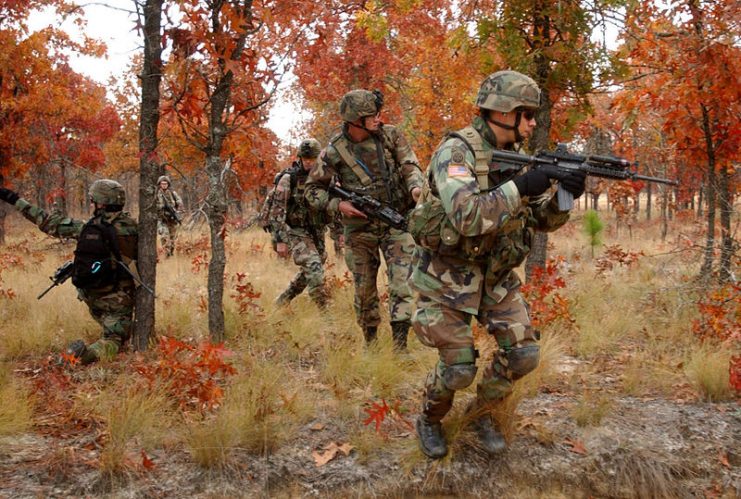
Japan’s Special Forces Group (JSFG) became active in March 2004; I know its pretty recent. Its primary roles include Domestic and International Counter Terrorism with emphasis on the domestic. Also, direct action, airborne assault, unconventional warfare, special operations, and reconnaissance.
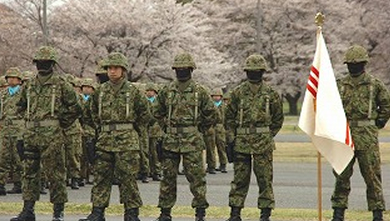
They have been involved in one foreign engagement, the Iraqi occupation where four deployed operators were put on bodyguard duty for a Japanese commander in Iraq, 2005. They were formerly called Special Operations Group (SOG) or Tokushusakusengun in Japanese. Their headquarters is located in Narashino Garrison, Funabashi, Chiba.
Operation
The USASF’s primary focus is on unconventional warfare and Guerilla warfare, their mission descriptions are generally more outward. Therefore they undergo rigorous training that enables them to blend in and adapt to foreign cultures including language skills tests and foreign culture integration programs, hence the beard thing.
Aside from the subverted tactics employed in unconventional warfare, there is also a lot of covert training for undercover infiltrations.
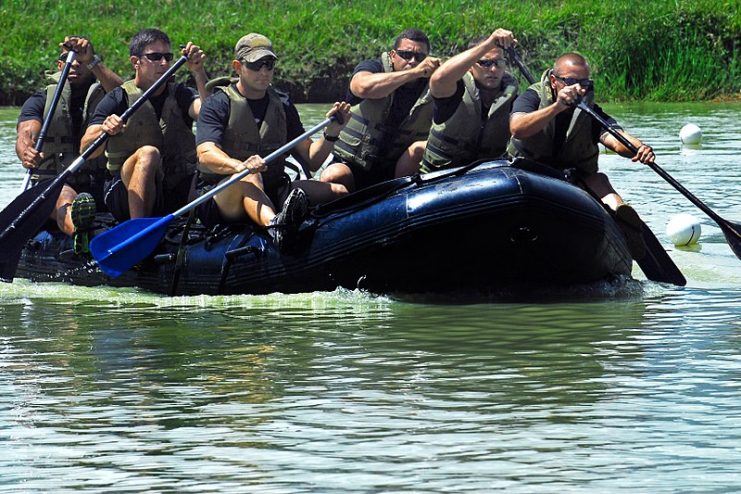
On the other hand, the JSFG’s primary focus is on domestic counter terrorism and Guerrilla warfare, a specialized role in the Japan Ground Self-Defense Force (JGSDF) which has often earned them the name Japan’s Delta Force. Their language training is basic at best including only some of the world’s most popular languages in addition of course to their primary language.
So in essence, their activities are generally directed inward, where they work in small Guerilla teams to take down much larger terrorist/criminal organizations.
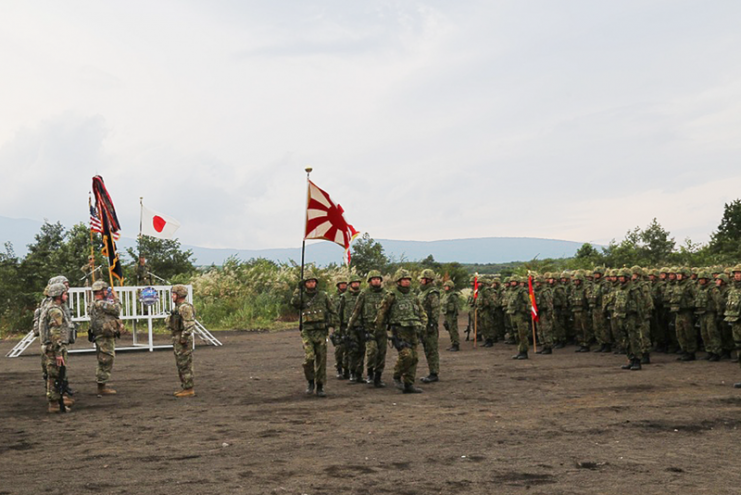
Command
In the field, USASF teams operate under the United States Special Operations Command (USSOCOM), they do not report to the authorities in the countries where they operate, the reasons for this are pretty obvious, they instead report to the USSOCOM combatant command in the area or other US command authorities.
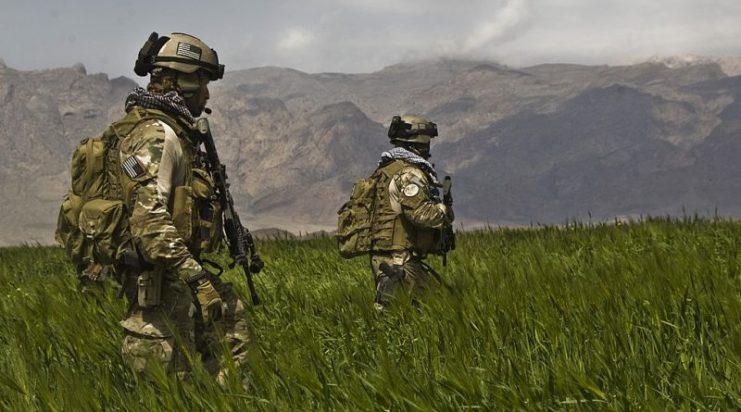
They also have a relationship with Central Intelligence Agency’s (CIA) Special Activities Division (SAD) and more specifically, to its Special Operations Group (SOG) where they share intelligence and provide support for ground teams wherever possible.
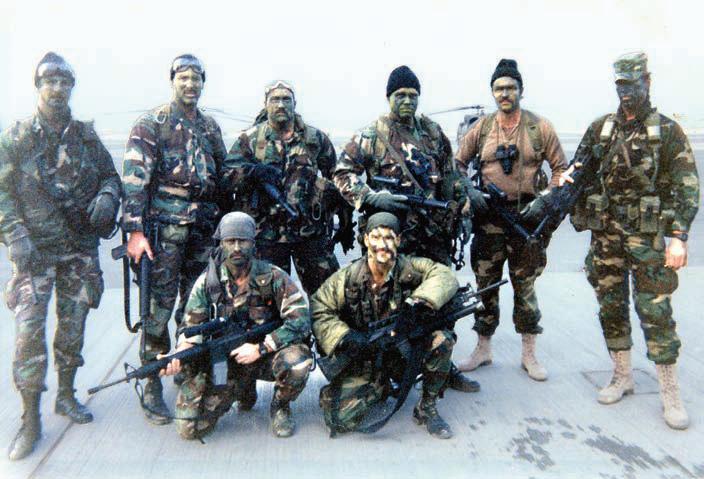
The JSFG operate under the JGSDF and they report directly to their commanding officers (CO) who in turn report to their intelligence department at headquarters. The decision to share intelligence with other military organizations, whether domestic or foreign must come from headquarters.
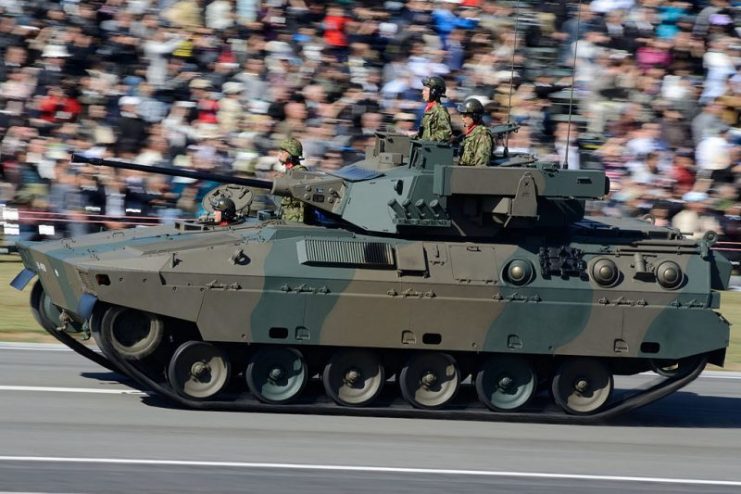
Workflow
Both USASF and JSFG are trained in Guerilla-style warfare, which means that soldiers are organized into small, specialized, independent units and so unit members often develop close interpersonal relationships.
However, USASF soldiers typically go on longer missions, most of which are unconventional warfare or reconnaissance type missions in foreign countries. Team members have to work closely together, often depending on each other in high-risk situations and under pressure. So they tend to develop a more clannish type of relationship.
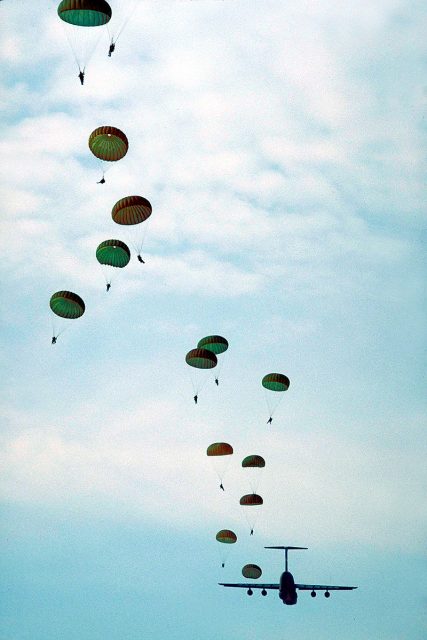
History
The USASF was formed from a special operations unit and operational groups of the Office of Strategic Services (OSS).
Members of these specialty units used their knowledge, experience, unique skill set and resources to develop a specialized military command within the United States Army to handle unconventional warfare as well as carry out Guerilla operations, this came about because of the changing nature of the warfare terrain around World War II, notable amongst whom were former Philippine Guerilla Col. Wendell Fertig, and Lt. Col. W. Volckmann.
In June 1952, the 10th SF Group (Airborne) was formed under Col. Aaron Bank.
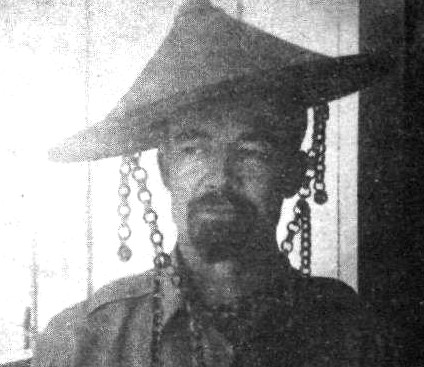
In 1998, the Japan Defense Academy proposed the formation of a specialized group in the JGSDF to handle counter terrorism and related activities. A select group of JGSDF soldiers from the 1st Airborne Brigade were sent to the US to be trained by Delta Force Operators.
Simultaneously two platoons were created from the brigade as foundational units for the program, the G Platoon or Formation unit and the S Platoon or Research unit. In 2003, the program’s framework was established after about 3 years of training and organization. The structure is based on that of the US Army’s Delta Force and the USASF. The unit changed its name from SOG to SFG in March 2008.
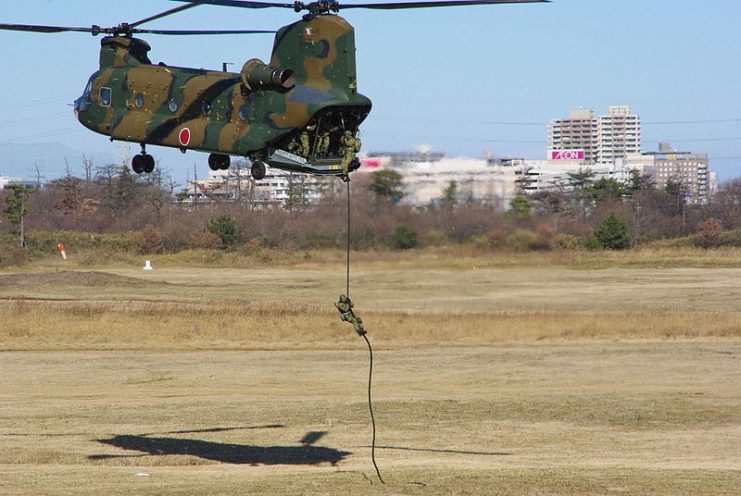
Structure
USASF is divided into five active duty and two Army National Guard Special Forces group. Each SF group has a specific regional focus. The soldiers assigned to these groups receive intensive language and cultural training for countries within their regional area of responsibility.
An SF group consisted in the past of 3 battalions, but since the Department of Defense authorized a one-third increase of the 1st SF command, a 4th battalion has been added since 2012. An SFG is historically assigned to a Unified Combatant Command or theater of operations.
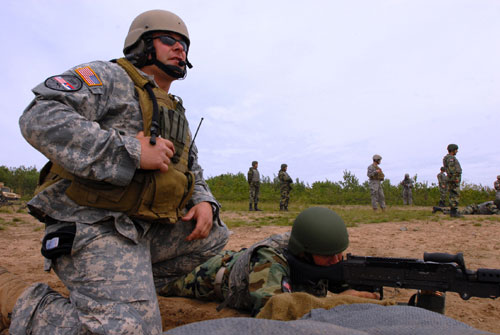
In the JSFG, soldiers are divided into four platoons and are trained in different specialty areas. The 1st platoon focuses on Military Free Fall (MFF) or High-altitude military parachuting using High altitude-low opening (HALO) chutes, they are also trained in assault tactics and to be snipers.
The 2nd platoon focuses on Naval Warfare, the 3rd on Mountain Warfare and the 4th on Urban Warfare. Their headquarters has 4 departments; General Affairs, Intelligence, Planning, and Supply. The headquarter administration unit is led by three majors.
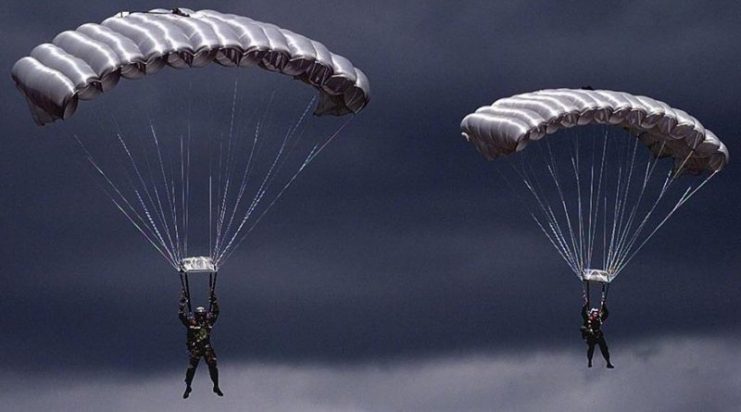
Training
USASF soldiers continue to train throughout their entire careers. There is an initial entry qualification training program called Special Forces Qualification Course or Q Course that is in four phases.
The length of the Q Course varies and depends on the applicant’s primary role within SF as well as his assigned language capability, however, the duration typically ranges between 55 and 95 weeks.
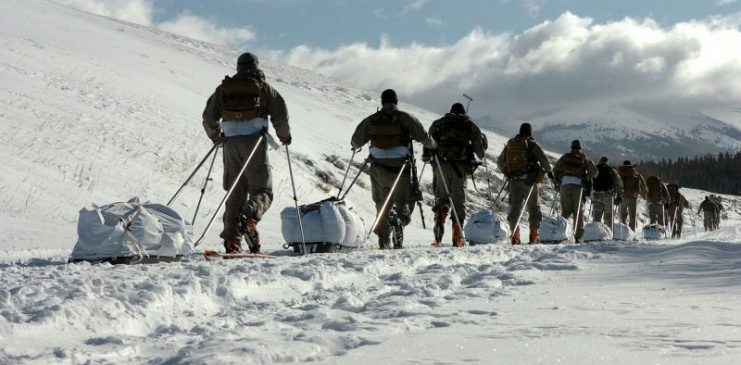
After this basic training course, eligible SF soldiers can then move on to more advanced skill courses including the MFF Parachutist Course, SF Sniper Course, and the Combat Diver Qualification Course.
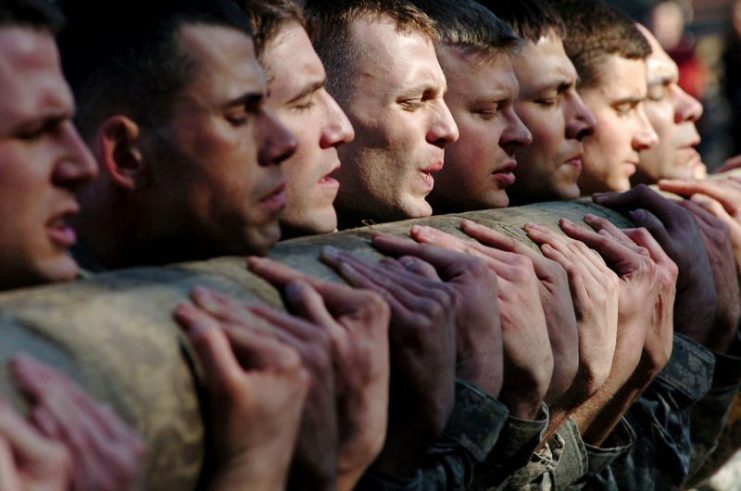
JSFG soldiers are recruited from the 1st Airborne Brigade and are Ranger-qualified personnel. All SFG soldiers are airborne qualified. For specialized training, the 1st Platoon has their freefall training under the 1st Airborne Brigade with the 2nd Platoon under the Japan Maritime Self-Defense Force. They also train their soldiers in close combat inside the facility.
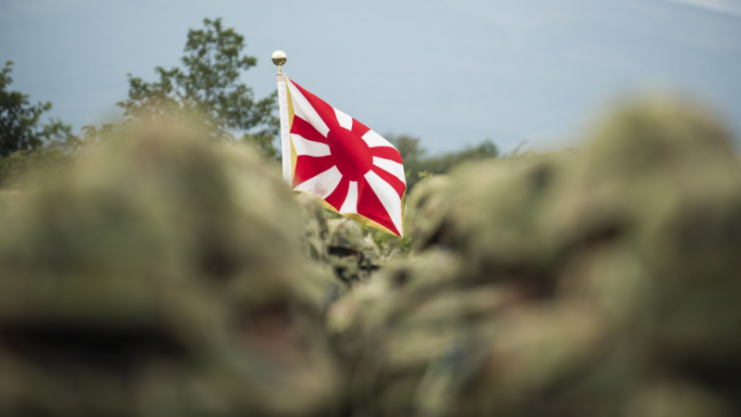
So just as a quick summary in case you missed it, there is a direct entry process into the USASF program provided you meet the necessary age, citizenship and physical fitness requirements and pass the Q course but in joining the JSFG, you must first be a part of the 1st Airborne Brigade and be Ranger-qualified before you can be considered for recruitment, which makes it a two-step process.
Some Conclusions
Both SF groups are really good and organized, as a matter of fact, the major differences between the USASF and JSFG lie in what operations either team is optimized to perform with the USASF focusing more on unconventional warfare and the JSFG on domestic counter terrorism.
I think the USASF may be more fun as they are involved in a lot more operations including some major reconnaissance and undercover work that has my spy senses going wild with excitement, but that’s just my opinion.
So to answer the question of who is better or who is the more likely team to get a job done and with the greater efficiency, who would I prefer to come to my rescue from a hostage situation if I had a choice?
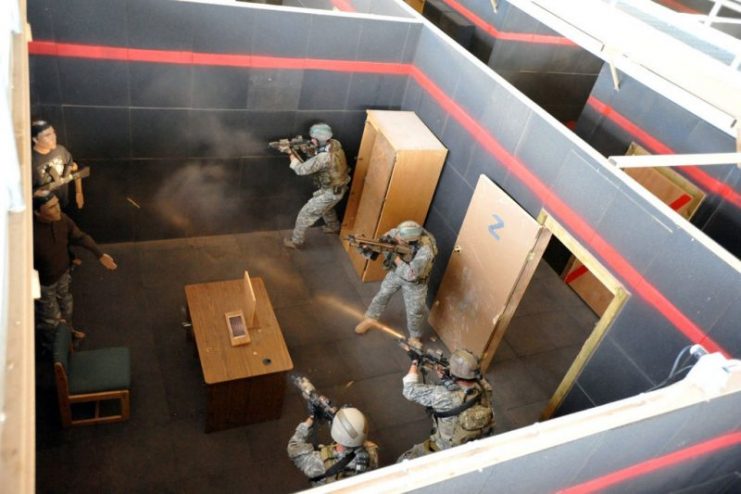
Read another story from us: Best Warriors in the World – 5 of the Top Special Forces Units
If I were being held in Japan or if the job that needed doing was in Japan, then yes I would happily choose the JSFG because quite frankly, no one knows the terrain better than they do. Certainly, they are experts domestically.
However, if it were anywhere else in the world, Afghanistan for instance, I would choose the USASF in a heartbeat because in that environment, they are less likely to screw up, are much more experienced and yes, they are that good.
